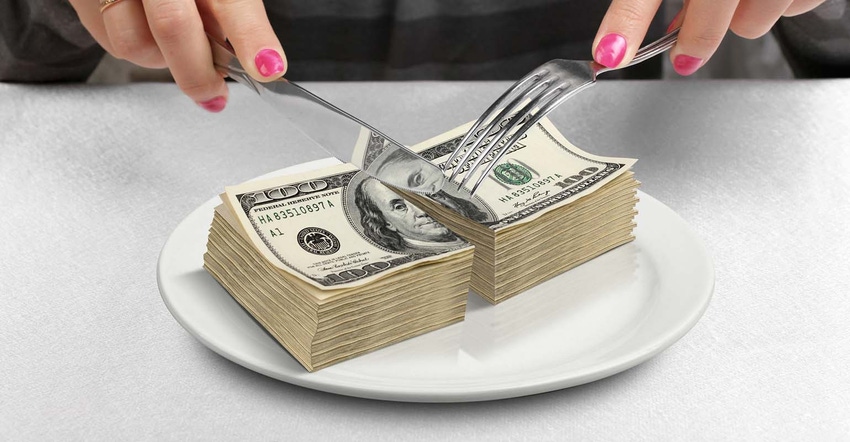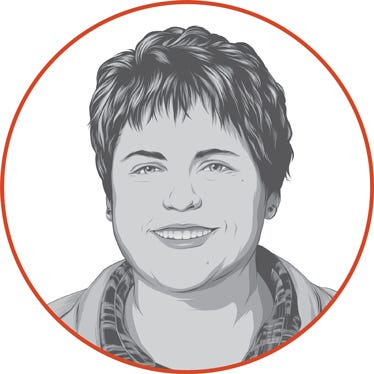
It’s the age-old question: How can a farmer cut costs and still maximize production?
If you’ve heard Purdue ag economist Michael Boehlje give a presentation, you know he preaches about cutting costs. I heard him discuss this at the Farm Futures Business Summit and Illinois Soybean summits. He said he knows farmers who have cut their corn costs by almost $1 per bushel.
The first time I heard him, I said to myself, “We are doing a good job. We are already getting dealer discounts on seed, being efficient with fertilizer, and that darn machinery cost is just a fact of life. These people who can cut costs drastically have some unique circumstances or farm 10 times what we farm.”
The second time I heard him, I thought, “Not this subject again. Doesn’t he know we are doing all we can to cut costs without decreasing production?”
I’m glad I heard him a second time, because that’s when I took his words to heart. His words metaphorically beat me over the head with a stick. As self-employed producers, it can be hard to take advice about managing our businesses. We get defensive when told we aren’t doing something right. In fact, Boehlje was only stating the obvious. The painful truth is that maybe we aren’t the best at cost management.
Saving thousands
I shared this information with our team. It turns out we had fallen through the trap door of thinking we were doing everything right regarding costs. It took days and several pots of coffee, but we found areas where we could save thousands.
Our objective is to cut expenses without dropping yields, whether that be in hay production, crop yield or cattle gains.
We usually spend $10 per acre to keep hay fields clean of summer annuals. Summer annuals, specifically fall panicum, keep the reeds of canary grass hay from drying down. We have thought that eliminating summer annuals would translate to higher hay prices. The hay market has been steady in the past couple of years, and we’ve found that the summer annuals not only don’t affect price, but also have a benefit of adding higher feed value and palatability. Furthermore, I haven’t lost a sale due to summer annuals. It’s not as big of a problem as we thought. This $10 per acre saved over 800 acres of hay equals $8,000 in total savings.
I thought we had a good handle on managing dry fertilizer costs. Then I dug into the details. I realized that our soil tests were not up to date and tested in 10-acre grids. We invested in smaller grid samples, and realized we didn’t need to apply a single pound of DAP on any of the fields where we apply cattle manure. We saved $8,000 by not applying DAP on those fields this spring.
Cattle feed. We’ve been feeding a ration heavy on corn silage. The cattle love the silage but also need additional protein. To save space in our commodity shed, we started having the protein added to the mineral supplement. After some figuring, my dad concluded that feeding wet gluten instead of protein supplements would cut costs but not change rate of gain. Savings amount to at least $50 per day, or $20,000 each year.
Now, about that silage. One of the main considerations for silage is the cost per ton for chopping. For the past two years, our corn silage has come from a field 6 miles from the silage pit. We calculated that we can save $2 per ton by simply moving the field where we harvest silage. That $2 savings per ton across 4,500 tons of silage equals $9,000 in savings.
Get a workout
Going forward, we must do these management exercises every year, not just in times of ag economic downturns. While it’s exciting that we’ve found ways to cut costs without decreasing production, it’s scary that we haven’t spent the time to dig into the details before now. We plan to question every cost decision moving forward.
Cox farms with father Ethan in White Hall, Ill.
The opinions of the author are not necessarily those of Farm Futures or Penton Agriculture.
About the Author(s)
You May Also Like






